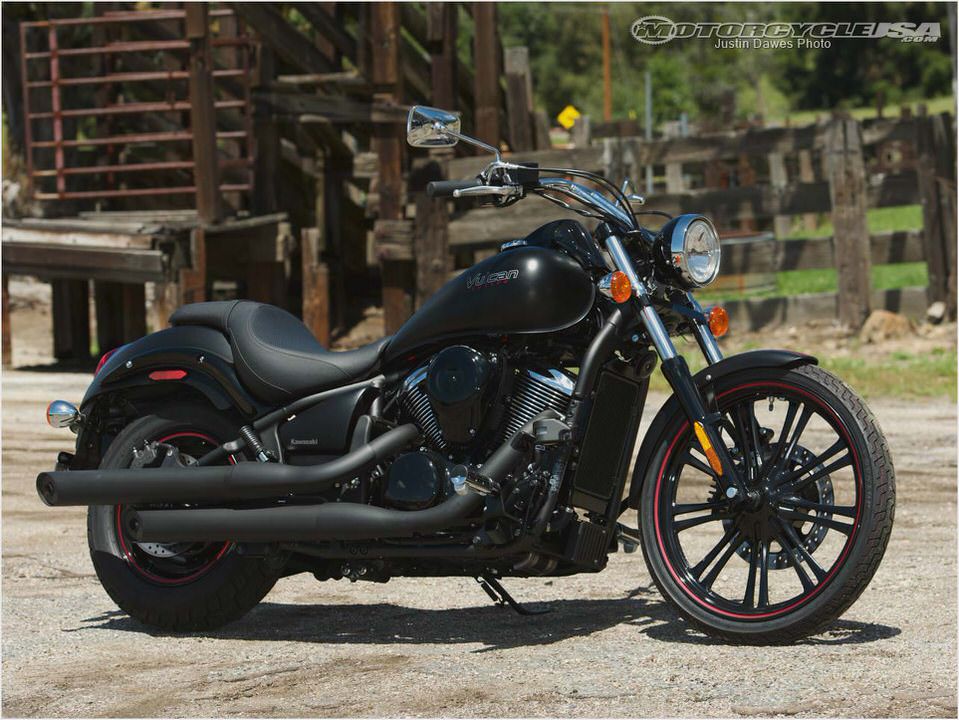
Kawasaki Vulcan 900 Custom: Big-bike style in a mid-size cruiser
By Bill Andrews
In a fast sweeping left-right series of curves up a hill in the middle of Texas, a smile of satisfaction starts to creep up at the corners of my mouth as I finally understand what this bike is about. I’m really enjoying the roll-on torque coming from Kawasaki’s new Vulcan 900 Custom. But more than that—I’m smiling because I get it.
A month ago, though, when I first got the invite, I didn’t really.
It seems, of late, whenever manufacturers want to show off their big cruisers, they go to Texas—the land where everything is claimed to be bigger. So when Kawasaki announced the 900 Custom’s launch in Austin, my head tilted much like my dog’s does when he hears something out of the ordinary.
The Vulcan 900 Custom, left, shares the big bike feel of its brother, the Vulcan 1600, right.
My first thought was that the 900 isn’t exactly Kawasaki’s big-gun bike, especially compared to the Vulcan 2000. But then I wondered, just when did we start considering 900ccs of displacement to be small.
Like that look on my dog’s face that says, Huh?
The situation started to clear up during Kawasaki’s technical presentation the night before the ride.
According to Kawasaki Product Manager Croft Long, the mission for the 900 Custom is big bike styling and feel, paired with a great price and value. The hole in the market they’re hoping to fill is a gap between the under $7k 750s and 800s, and the over $8k 1100s.
Much of the engine and chassis remain unchanged from the 900 Classic launched earlier this year.
The Custom, though, strives to strike out on its own, rather than be just a cosmetic makeover. One of the most obvious changes on the Custom is the cast wheels used instead of spokes, with a great deal of attention given to the 21-inch front. According to Kawasaki, the front wheel’s design doesn’t have a single straight line.
It reflects the high quality of a custom bike, said Long.
The exhaust, we’re told, was hand-molded by the designers then sent to the engineers to make it work. In fact, most of the bike saw more time with stylists first. Long stated that Kawasaki knew it was confident in the mechanical department, but now wants to show it knows how to do style, as well.
Other changes from the Classic include rake and trail—changed from 32 degrees with 6.3 inches of trail to 33 degrees and 7.2 inches of trail. Also, forward controls and pegs are used in lieu of floorboards.
That’s the tech briefing. The next morning, I’ll see how all these differences work in the real world.
The first thing I notice is the sculpted tank with its twin valley design. We’re told it’s designed to entice you to run your hand across. Hmm. maybe I’ll skip doing that.
But the tank is one of many beautiful and unique pieces found on the bike and a tribute to the designers.
I asked Kawasaki designer, Seiichi Ino, what was his inspiration?
He said, with some difficulty in English, that the shape comes from the power in the sea. He mentions a dolphin and a submarine—creatures and things that seem to move through the water with incredible ease and power despite their size.
Studying the rounded, flowing curves found subtly throughout the bike, I can see where he’s coming from.
When it comes to cruisers, it’s all about style and comfort. With style well handled, I settle into the low 27-inch-high seat to check out the latter.
Reaching out with my feet to find the forward controls, the ergos bring me back to those thrilling days of the chopper era. Handlebars are beach-cruiser wide and sit atop long risers coming off billet-look triple trees.
My 5′ 11 frame feels well spaced out and fits rather comfortably, but with the caveat that I’m rather accustomed to this style of bike. It is a bit more laid back than the straight-up riding style of the Classic.
Others may take issue with the amount of weight distributed mostly in the saddle area. Rear ends will probably enjoy about an hour of cruising, but little more than that.
The machine fires up flawlessly in the relatively-chilly-for-Austin air, and pulls out immediately without hesitation and minimal surge. Credit goes to the new fuel injection and heavier flywheel found on the 900s.
I discover the five cogs in the transmission are somewhat superfluous. First, third and fifth are all you really need. Fifth pulls fine from 35 mph, and dropping a gear or two really doesn’t provide that much more oomph.
It’s when you power out and accelerate hard from first that you get the full benefit of all five clicks up.
Handling feels neutral and well planted. The forward controls provide a bit more lean angle over the Classic’s floorboards, but knowing that the contact patch up front is that much smaller tends to reel in any true hooliganism.
Looking down, I discover a delightful display of gauges. A tripmeter, odometer and clock all rotate through an LCD display in the middle of the circular dash, with speed numbers ringing the outside, and a fuel gauge on the bottom.
The fuel gauge may be a bit off its mark, though. After half a day of riding and some 130 miles it was showing empty. I was assured, though, there was still plenty of fuel left and not to be really concerned until the fuel light comes on, and then I’ll still have around a gallon left.
I studied that light for the rest of the day, and true to their word, it never came on and I didn’t run out of gas.
It was on a ride through some killer hill roads that the total experience began to coalesce in my brain. The Vulcan 900 Custom performs, acts and looks like a bike twice its displacement.
Everything says big, except the price. At a MSRP of $7,349 the Custom is a lot of bike for minimal cash.
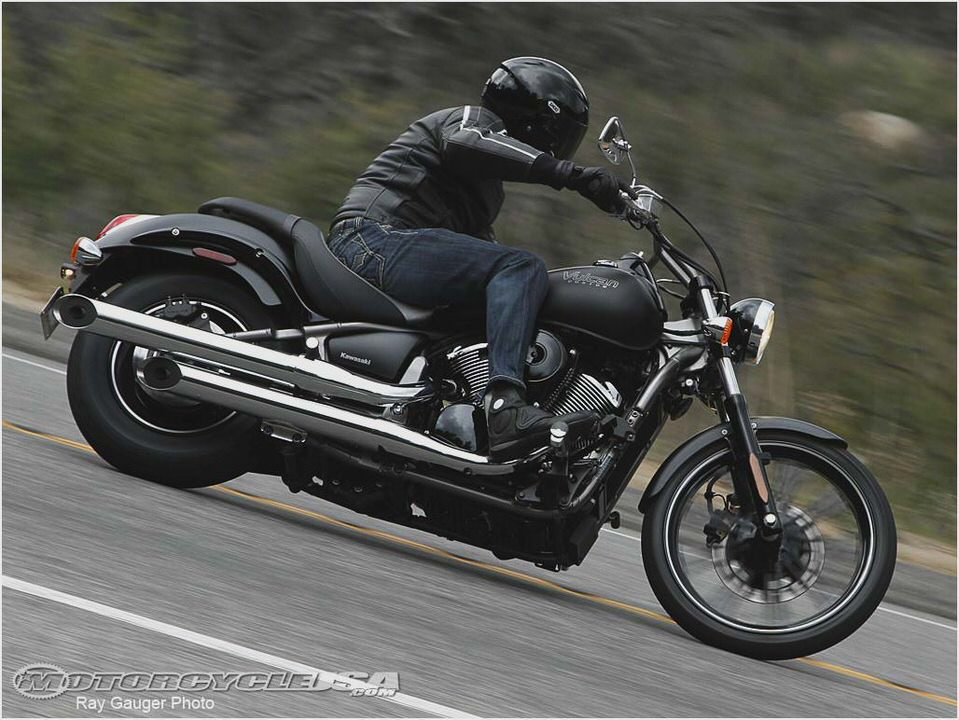
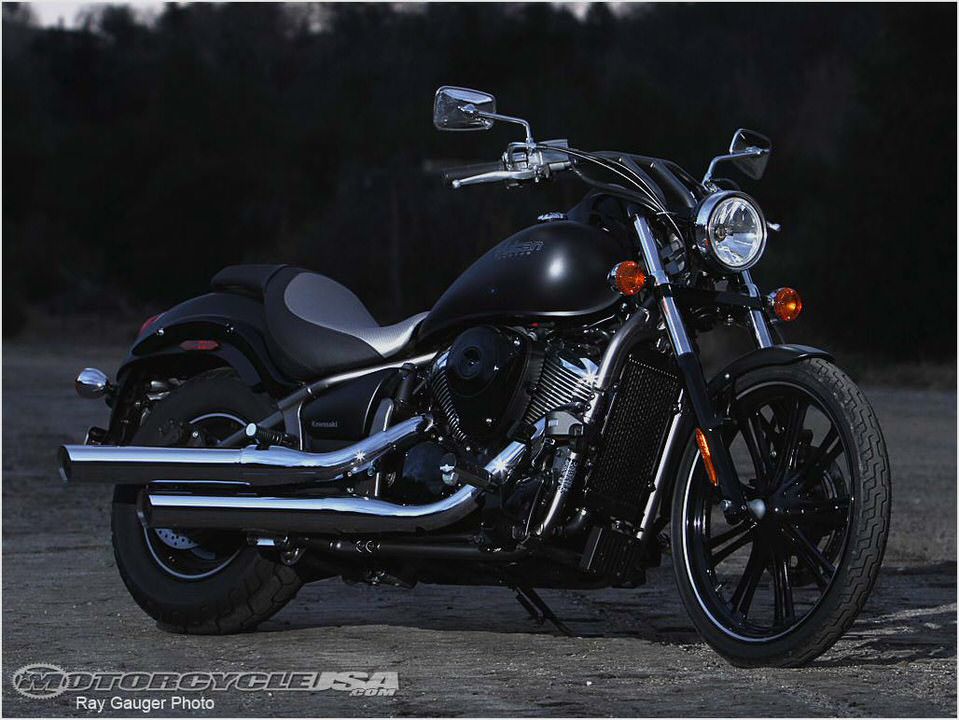
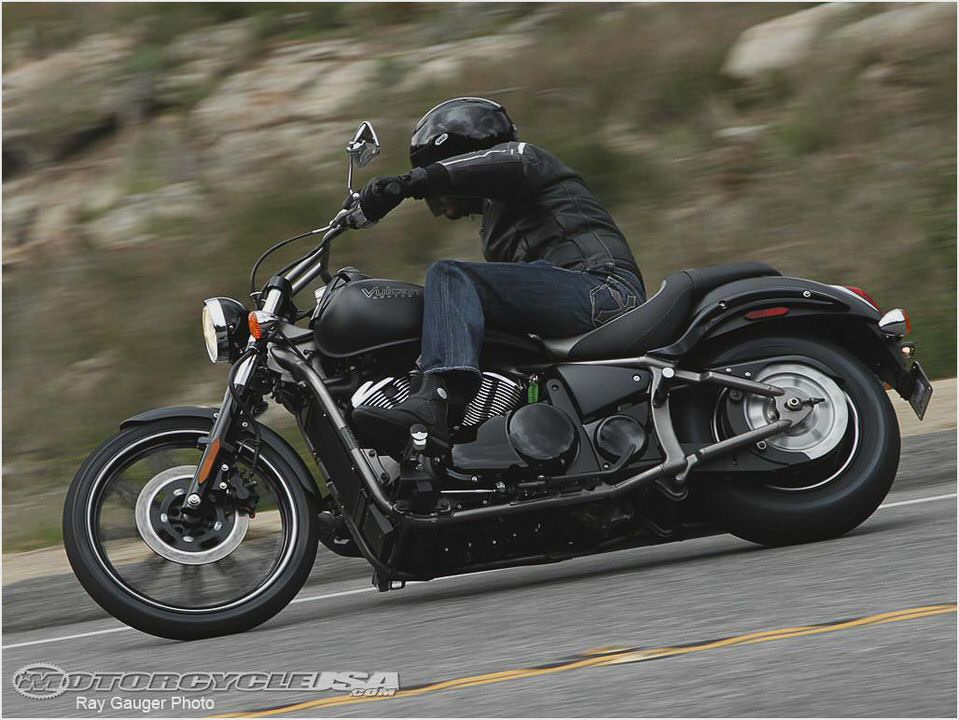
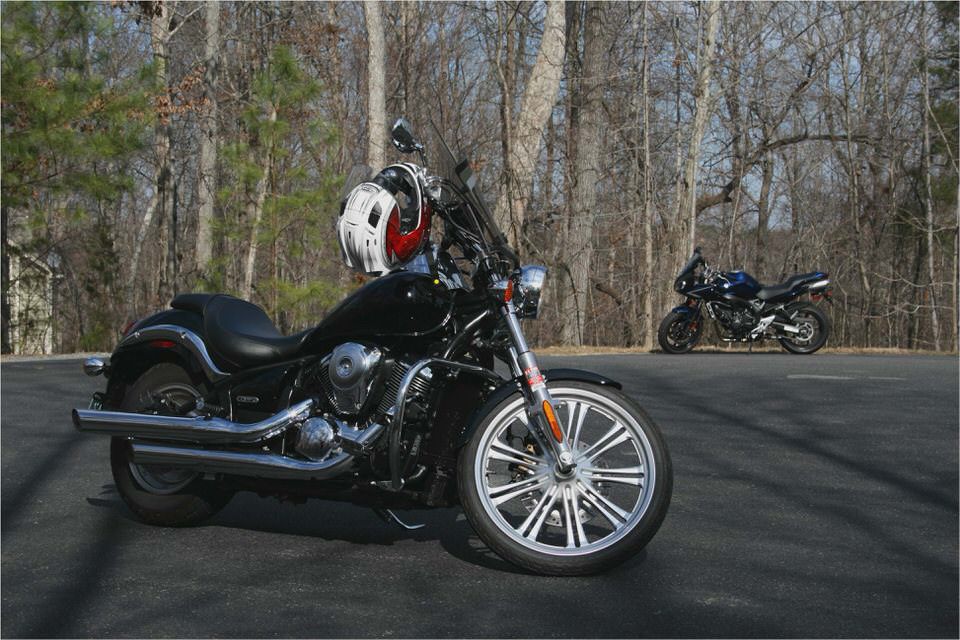
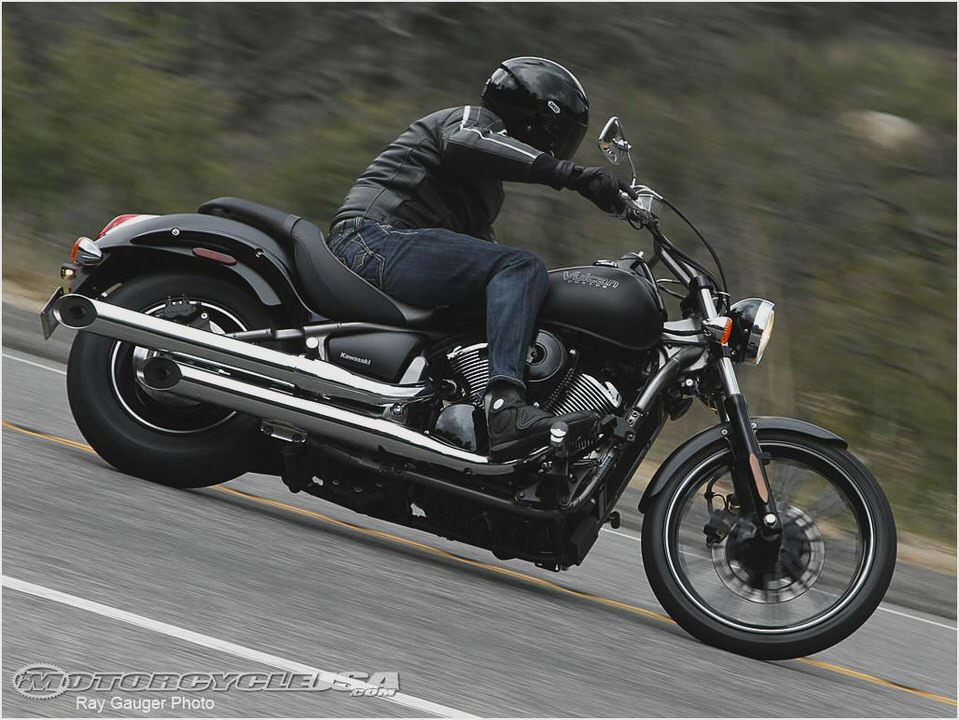

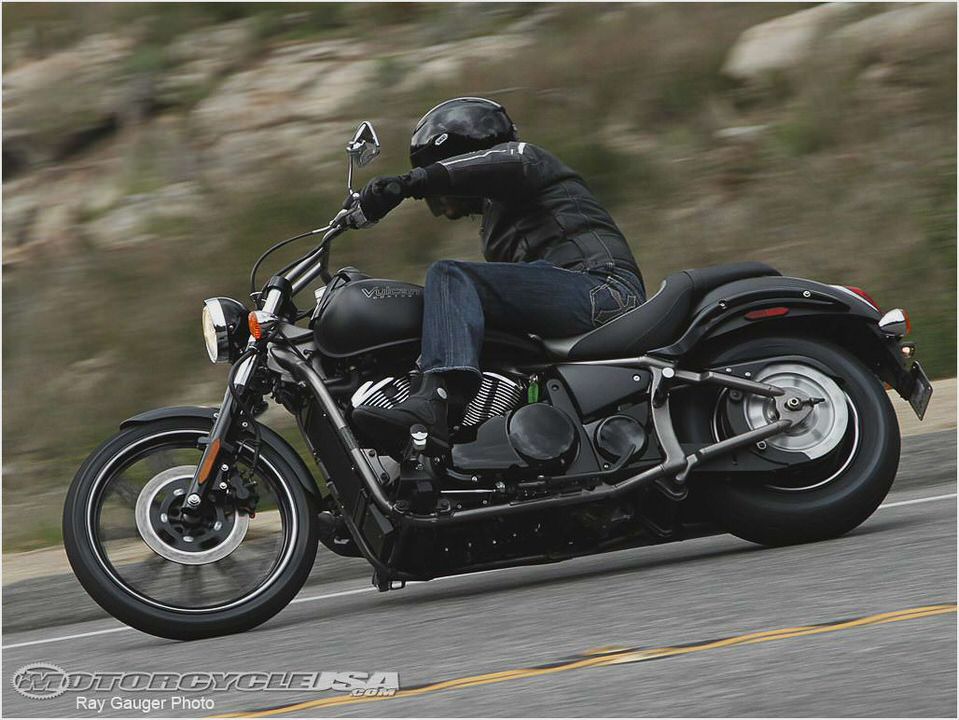

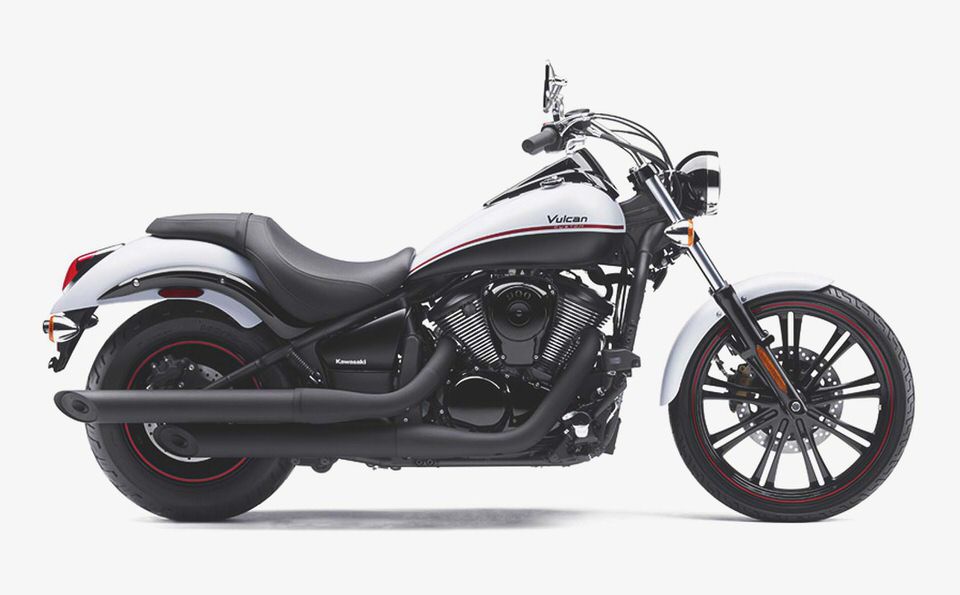
- Ridden: Kawasaki ZX10R Ninja 2010 LaunchControl.co.za LaunchControl.co.za
- 2010 Kawasaki Brute Force 750 4x4i Review
- Introduction to the KLR – Kawasaki KLR 650 Review
- Kawasaki Motorcycle Parts – Aftermarket & Performance MotoSport Russian…
- Little Big V-Twins Comparison Test – Motorcycle Cruiser Magazine

